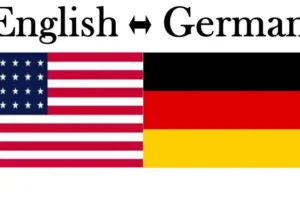
Significance of Goethe Zertificat Tests
Each of the six
Goethe-Zertifikat categories, which range from A1 to C2, corresponds to a CEFR
level. The Goethe-Institut, an autonomous institution devoted to the study of
German language and culture, is in charge of managing these.
Both younger pupils
and adults can take various Goethe-Zertifikat tests for levels A1 (lower
beginner) through B2 (higher intermediate). However, the C1 and C2 level exams
are only available to adults. A Goethe-Zertifikat can be useful for workers,
applicants for visas, and students.
The Goethe-Zertifikat
C2, also known as the Grosses Deutsches Sprachdiplom (Great German Language
Diploma), assesses non-native speakers’ proficiency in German that is close to
native level. Any German student over the age of sixteen may take the test.
It works well for those who want to study, teach, or
do research in Germany.
Significance of each level in detail
Level A1: You have
the ability to provide directions and ask basic questions in writing and
speech. You hone your fundamental grammar abilities and broaden your
vocabulary.
Level A2: You gain the ability to read and comprehend
straightforward materials as well as express oneself effectively in common,
day-to-day circumstances.
Level B1: You strengthen and review fundamental grammatical
rules while developing your ability to take the initiative in lively
conversation.
Level B2: You are proficient in the fundamentals of German.
You get practice reading, writing, and conversing on challenging subjects and
business-related issues.
Level C1: You gain the ability to communicate clearly in both
spoken and written form on a wide range of subjects, as well as to comprehend
practically all texts.
Level C2: You can communicate in German fluently without any
flaws. You focus on scientific, literary, sociopolitical, and cultural issues.
You may also like

Basic level A1

Intermediate Level – B1

